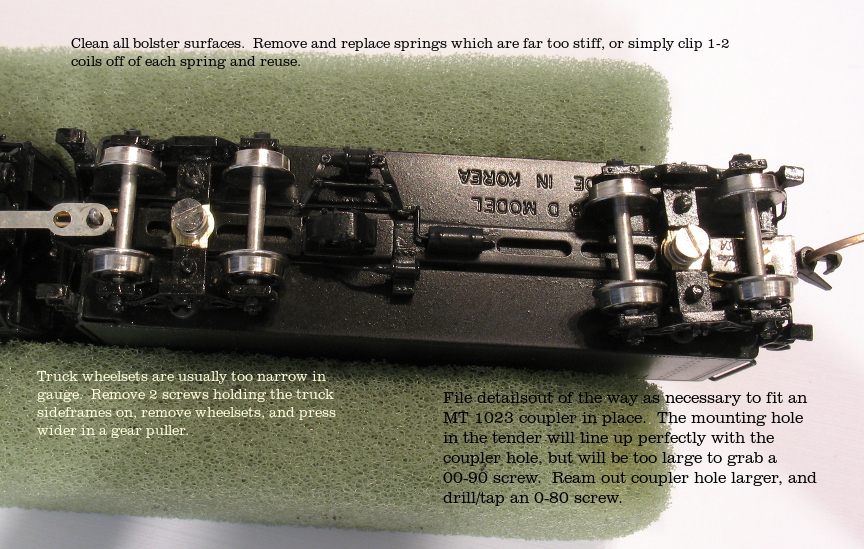

(A) A composite illustration of all major regulatory limbs.

Transcriptional network of core clock transcription factors (TFs).

In this review, we will focus on recent advances in our understanding of the transcriptional architecture of the mammalian clock and highlight its role in human physiology and pathology, with a specific emphasis on circadian metabolic homeostasis. In the past decade, the advent of genome-wide techniques and genome-editing tools has offered a tangible opportunity to systemically untangle the clock at the magnitude of speed and complexity that has not been afforded in the past. However, even as the complexity of the clock field has grown, fundamental questions remain as to how these molecular cogs function together to keep the clock ticking at the systems level, ranging from transcriptional oscillations to cell autonomous rhythms and ultimately organismal physiology. Since the discovery of the Period gene in fruit flies, many clock genes encoding transcription factors (TFs) that compose the molecular clock have been cloned and characterized in mammalian species. This work inspired positional cloning experiments in the laboratories of Jeffrey Hall, Michael Rosbash, and Michael Young that ultimately identified the first clock gene period, for which they shared the 2017 Nobel Prize in Physiology or Medicine ( 5–8). A seminal study by Konopka and Benzer two centuries later demonstrated the genetic basis of rhythmic locomotor activity in fruit flies ( 4). The notion that intrinsic timekeeping mechanisms coordinate circadian rhythms began with de Mairan’s observation in the 18th century that daily leaf movements of the Mimosa pudica plant occurred autonomously in darkness ( 3). It is on this evolutionary basis that nearly all fundamental biological processes are coupled with the rising and setting of the Sun ( 1, 2).

This evolutionary pressure gave rise to intrinsic timekeeping mechanisms that enabled circadian organization of phenotypic variations, which are temporally programmed to anticipate and adapt to the daily environmental cycle in order to maximize organismal fitness on a 24-hour time scale. While irreversible environmental perturbations drive the selection of one or a few favorable phenotypes over generations of species, circadian variations of the environment select not only favorable phenotypes but also the time at which they should appear during the day. As a result, a myriad of life forms and their biological processes arose and evolved with circadian rhythms, which in Latin translates to “rhythms around (circa-) a day (-diem).”įrom an evolutionary prospective, circadian rhythms confer distinct survival advantages. Although light provides photic energy necessary for photosynthesis, it also poses formidable environmental insults in the form of damaging radiation and drastic oscillations in temperature through its light-dark cycles ( 1, 2). As a source of energy and genotoxic stress, light exerts a powerful evolutionary pressure to all photosensitive forms of life. In this geophysical framework, life emerged inextricably with the Sun, which delivers light to Earth’s surface with a periodicity of 24 hours. The daily rotation of Earth around its axis creates an inherently dynamic ecosystem with recurrent light-dark cycles. Finally, we explore remaining fundamental questions and future challenges to advancing the field forward.Ĭircadian medicine has the potential to leverage circadian physiology to add a new dimension to pharmacological treatments of disease. We also highlight implications of circadian biology in human health, ranging from genetic and environment disruptions of the clock to novel therapeutic opportunities for circadian medicine. In addition, we discuss reciprocal ways in which the clock and metabolism regulate each other to generate metabolic rhythms. In this review, we highlight previous and recent studies that have advanced our understanding of the transcriptional architecture of the mammalian clock, with a specific focus on epigenetic mechanisms, transcriptomics, and 3-dimensional chromatin architecture. The mammalian clock comprises transcription factors interlocked in negative feedback loops, which generate circadian expression of genes that coordinate rhythmic physiology. The clock is a conserved feature in nearly all forms of life, ranging from prokaryotes to virtually every cell of multicellular eukaryotes. Circadian rhythms arose from evolutionary needs to maximize daily organismal fitness by enabling organisms to mount anticipatory and adaptive responses to recurrent light-dark cycles and associated environmental changes. All biological processes, living organisms, and ecosystems have evolved with the Sun that confers a 24-hour periodicity to life on Earth.


 0 kommentar(er)
0 kommentar(er)
